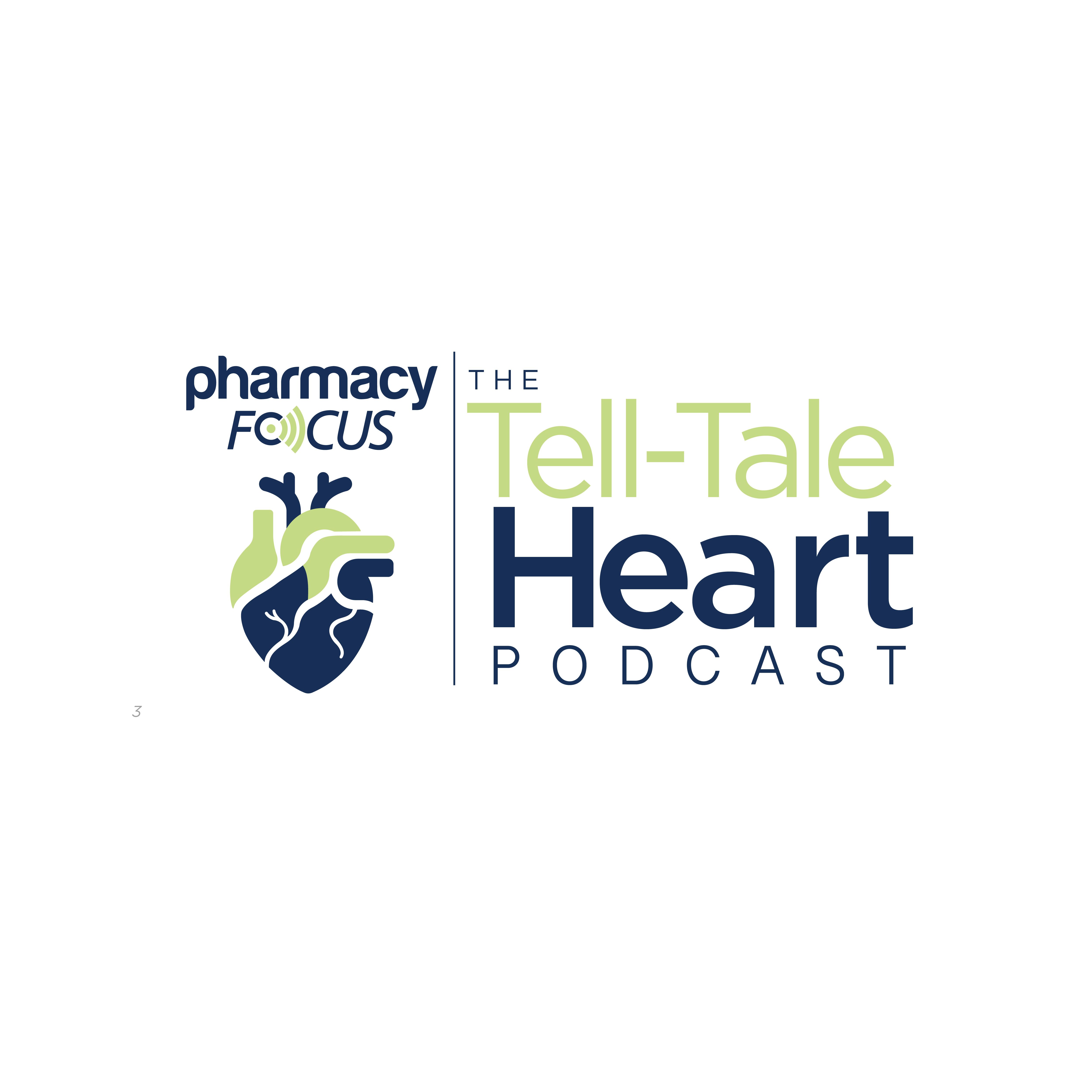
News
Article
Understand the Use of Panzyga for Immune-Related Disorders
Key Takeaways
- Panzyga is an IVIG product for PI, CIDP, and cITP, derived from pooled plasma to modulate immune responses.
- FDA-approved since 2018, Panzyga's dosing varies by condition, with specific infusion rates and monitoring requirements.
- Adverse effects include headache, fever, and infusion-related reactions, with potential impacts on vaccine efficacy and kidney function.
- Older adults or those with hypertension may experience more severe kidney and heart issues when using Panzyga.
Pharmacists should educate patients about their treatment regimen and potential adverse effects.
Panzyga is an intravenous immunoglobulin (IVIG) product used for the treatment of various immune-related disorders. It is a human normal immunoglobulin (IgG) solution derived from the pooled plasma of healthy donors. Panzyga contains antibodies that help modulate immune responses in patients with immune deficiencies or autoimmune conditions. This medication is indicated for primary humoral immunodeficiency (PI) and to replace missing or deficient antibodies in conditions such as common variable immunodeficiency (CVID).¹
Panzyga is FDA-approved for CIDP in adult patients | Image credit: Halfpoint | stock.adobe.com

Typically, the immune system helps the body fight infections, but individuals with PI have an immune system that does not work properly or well enough. Therefore, these individuals are more likely to get infections and become extremely sick. There are more than 400 types of PI that can vary in severity, which affects how early they are detected. In some cases, a person with a mild form of PI may not be diagnosed until adulthood, whereas others may be diagnosed at infancy or soon after. Specific testing is needed to diagnose PI, including severe combined immunodeficiency (SCID) testing, which is part of newborn screening.²
Panzyga is FDA-approved for CIDP in adult patients, PI in patients 2 years and older, and chronic immune thrombocytopenia (cITP) in adult patients. Recommended dosing is 300 mg/kg to 600 mg/kg (3-6 mL/kg) every 3 to 4 weeks. The infusion starting rate is 1 mg/kg/min for the first 30 minutes with a maximum rate of 14 mg/kg/min (0.14 mL/kg/min). It is important to monitor the patient to ensure they are able to tolerate the doses toward the maximum dosing.1
The dosing for cITP can be different, with 2 g/kg (20ml/kg) divided into 2 daily doses of 1 g/kg (10ml/kg) over 2 consecutive days. The starting rate would be 1 mg/kg/min for the first 30 minutes, with a maximum rate of 8 mg/kg/min, as long as the patient tolerates. It is very important for both providers and the pharmacists in the infusion center to refer to the package insert for the correct dosing of Panzyga, specific to the indication the patient has.1
Like other medications, Panzyga can have adverse effects, especially in those taking the medication for the first time. Some of these include headache, fever, nausea, fatigue, and infusion-related reactions.1
Panzyga was approved by the FDA on August 2, 2018, as a 10% liquid IVIG formulation for the treatment of PI and ITP. In 2021, its indication was expanded to include chronic inflammatory demyelinating polyneuropathy.3
Patients taking Panzyga should be educated about several important factors. Panzyga can affect the efficacy of certain vaccines, such as measles/mumps/rubella or zoster vaccines. Some patients may experience decreased kidney function and kidney failure, severe headaches, drowsiness, fever, or painful eye movements. Patients can also experience elevated blood pressure, especially if they have a history of hypertension. Among older adults, heart and kidney problems may be extended and more severe.3
REFERENCES
1. FDA approved for 3 indications: CIDP in adults, PI in patients 2 years of age or older, and cITP in adults. Panzyga. Accessed April 10, 2025. https://panzyga.pfizerpro.com/?cmp=141595786018&utm_source=GOOGLE&utm_medium=paidsearch&pid=Panzyga_GOOGLE_PSP_PAN_BR_HCP_CON_EXT_BRN_BRA_GM_ENG_E0002FBP_SEA_PP-PAN-USA-0514_6/18/2025&utm_campaign=18142570265&utm_content=780701444553&utm_term=panzyga%20octapharma&gad_source=1&gclid=CjwKCAjwzMi_BhACEiwAX4YZUAaQr2VARhTvk6uch2WdKTP8c64grIPmvDyM0QHgrC3mxvMWS3liSBoCGOAQAvD_BwE&gclsrc=aw.ds
2. About Primary Immunodeficiency (PI). CDC. May 15, 2024. Accessed April 10, 2025. https://www.cdc.gov/primary-immunodeficiency/about/index.html
3. Delivering Dosing Options for Patients With a Rare Neurological Disease. Pfizer. Accessed April 10, 2025. https://www.pfizer.com/sites/default/files/investors/financial_reports/annual_reports/2021/story/dosing-options-for-rare-neurological-disease/
Newsletter
Stay informed on drug updates, treatment guidelines, and pharmacy practice trends—subscribe to Pharmacy Times for weekly clinical insights.
2 Commerce Drive
Cranbury, NJ 08512
All rights reserved.





